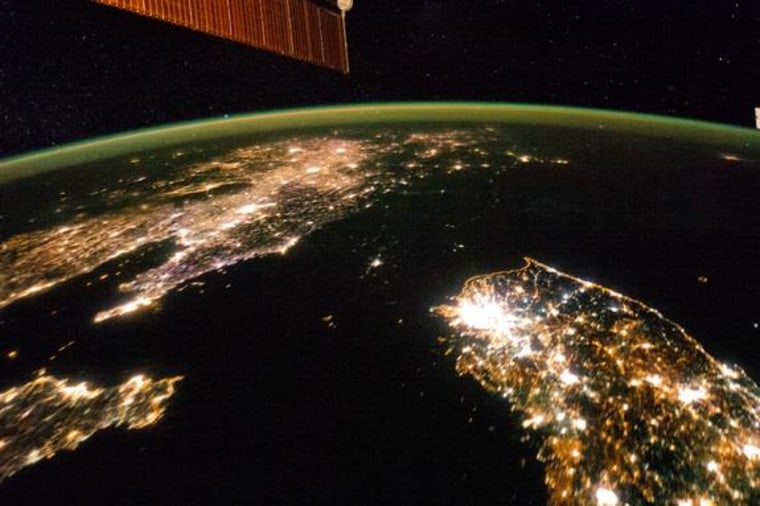Political favoritism can quite literally be seen from space, according to a new study that finds the home regions of leaders become brighter at night after the person comes to power.
The findings apply mostly to countries with weak political institutions and limited public education. One prominent example was Zaire (now the Democratic Republic of the Congo) during the reign of Mobuto Sese Seko. Mobuto, who was president between 1971 and 1997, was born near the small town of Gbadolite. While he was in power, the town flourished.
"Mobuto built a huge palace complex costing millions of dollars, luxury guesthouses, an airport capable of handling Concords, and had the country's best supply of water, electricity and medical services," study researcher Paul Raschky, an economist at Monash University in Australia, said in a statement. Years of satellite data reveal Gbadolite as initially dark at night, brightening under Mobuto and quickly fading again after the authoritarian ruler's exile and death.
Electricity and the economy
At night, when rural areas go dark, urban development remains bright and sparkly, lit by electric lights. These bright spots are handy indicators of wealth and development. In fact, multiple researchers have used light intensity at night as a proxy for a country's economic power. ['Black Marble:' Images of Earth at Night]
One recent image of North and South Korea shows how striking the night light difference can be. In a photograph snapped from the International Space Station (ISS), South Korea and China look bright as day. Isolated and poverty-stricken North Korea is a dark gash between the two. Only a small glow from the country's capital of Pyongyang is visible.
Raschky and his colleague, University of St. Gallen economist Roland Hodler, used data on light intensity from U.S. Air Force weather satellites and the National Oceanic and Atmospheric Administration (NOAA) to track nighttime light intensity changes worldwide between 1992 and 2009. They had data from 126 countries, broken into 38,427 provinces, states or subregions.
- Stephanie Pappas, Live Science
This is a condensed version of a report from LiveScience. Read the full report. Follow Stephanie Pappas on Twitter and Google+. Follow us @livescience, Facebook & Google+.
- Night Lights: Stunning Views of Earth from Above
- Strange & Shining: Gallery of Mysterious Night Lights
- Dictator Deaths: How 13 Notorious Leaders Died
Copyright 2014 LiveScience, a TechMediaNetwork company. All rights reserved. This material may not be published, broadcast, rewritten or redistributed.
